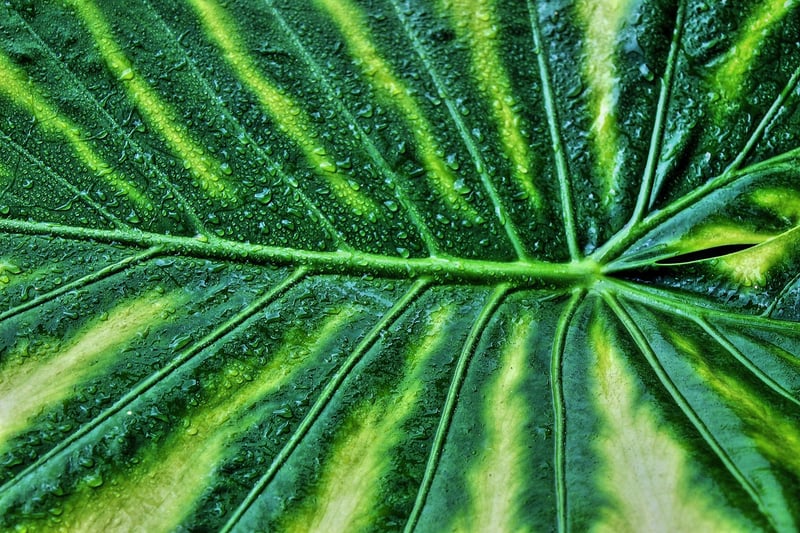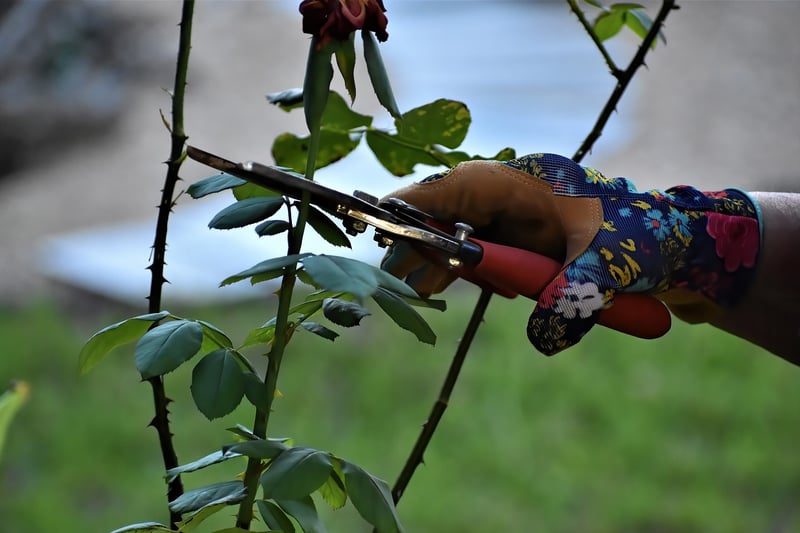Pruning Techniques
Maintenance and Care for Plants + Pruning Techniques
Introduction to Plant Care
Plants are a beautiful addition to any space, be it indoors or outdoors. To keep your plants healthy and thriving, proper care and maintenance are essential. In addition to regular watering and adequate sunlight, pruning is a crucial aspect of plant care that often gets overlooked.
Why Pruning is Important
Pruning is the process of removing dead or overgrown branches or stems to promote healthy growth and improve the overall appearance of the plant. It helps in shaping the plant, controlling its size, and preventing diseases by increasing air circulation.
Basic Plant Care Tips
- Water your plants regularly, but be mindful not to overwater.
- Ensure your plants receive adequate sunlight based on their specific needs.
- Use well-draining soil to prevent waterlogging.
- Regularly remove dead leaves and debris to prevent pests and diseases.
Pruning Techniques
When it comes to pruning, it's important to use clean and sharp tools to make precise cuts without damaging the plant. Here are some common pruning techniques:
1. Pinching
Pinching involves using your fingers to pinch off the tips of new growth. This technique is commonly used for herbs and flowering plants to encourage bushier growth.
2. Thinning
Thinning is the process of selectively removing branches or stems to improve air circulation and reduce the plant's density. This technique is beneficial for trees and shrubs.
3. Heading
Heading involves cutting back a portion of a branch or stem, typically to control the plant's size or shape. It is useful for shaping hedges and maintaining plant size.
Conclusion
By incorporating proper plant care practices and mastering pruning techniques, you can ensure your plants remain healthy, vibrant, and visually appealing. Remember to research the specific needs of each plant species to provide tailored care and maintenance for optimal growth.

For more information on plant care and pruning techniques, visit The Spruce.
